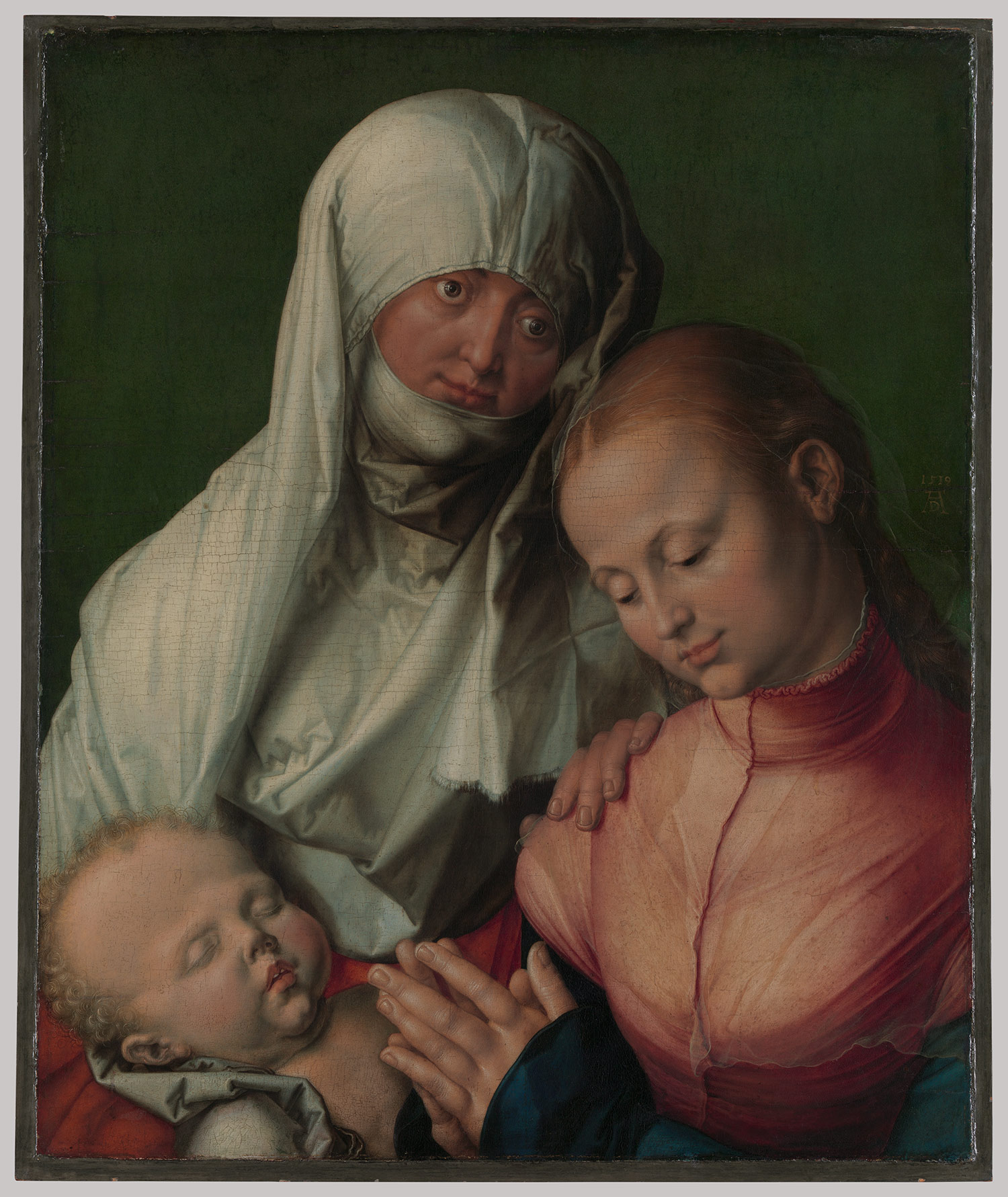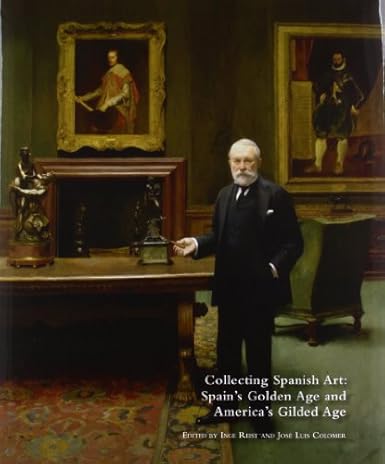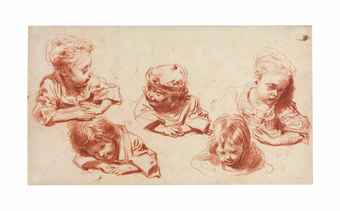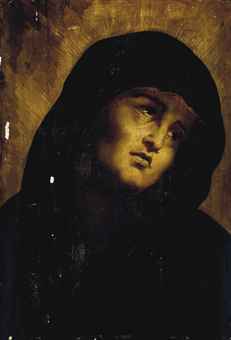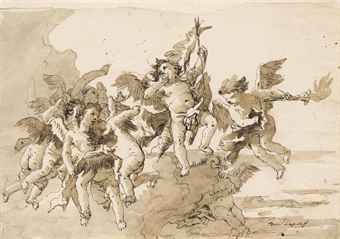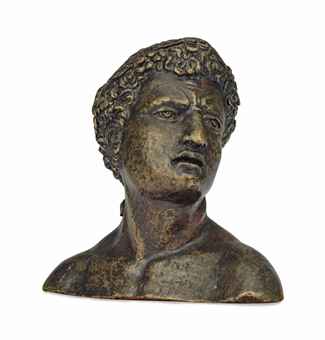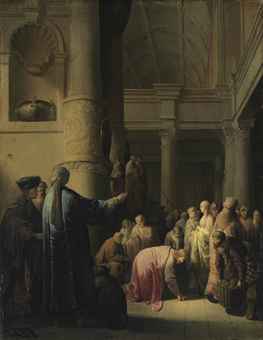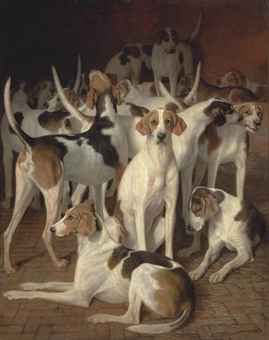 |
| Ruisdael The Jewish Cemetery DIA |
Detroit's bankruptcy has occasioned an outbreak of poorly argued, ill-considered and downright silly commentary about the fate of its art museum. Peter Schjeldahl wrote a hasty and careless blog in the New Yorker implying that selling the art collection is a no-brainer, only to recant two days later. Erstwhile libertarian Virginia Postrel wants the pictures sold, but only if she can chose who can buy them. And Tim Worstall tries to make a bold economic case for sale, but this free marketeer understands neither fine art nor free markets.
Postrel argued that Detroit's art should be sold to US museums in larger and wealthier areas - trying to make an economic argument for their sale and a public good argument for their retention by US museums. The logic of these arguments points in opposite directions. They'd be seen by more people in a megalopolis like Karachi (which has 13m inhabitants but no money), and they'd raise more funds if they were sold to the highest bidder - more likely to be a private collector than a public museum. Postrel has failed to make a case for her preferred variety of fudge.
Postrel is known as a libertarian, but her insistence on limiting sales to US museums and her stated preference that the art moves to more dynamic cities reeks of dirigiste authoritarianism, imposing her preferences by insisting on a constrained market. In any case, the idea that some cities are more worthy of great art than others is daft. Yes, it's a historical accident that a small declining midwestern city has ended up with a phenomenal museum of international importance, but lucky them. Florence and Venice are relatively less important cities than in their heyday - should they sell off their art too?
Worstall thinks selling would be 'the very definition of wealth creation' because the buyer by definition values the art more than the money paid, and Detroit can pay pensions and benefits rather than keeping a few pictures "that the well to do like to oooh and aaah at". He's right on the level of this old joke:
Experienced economist and not so experienced economist are walking down the road. They come across a pile of horse manure lying on the asphalt.
Experienced economist: "If you eat it I'll give you $20,000!"
Not so experienced economist runs his optimization problem and figures out he's better off eating it so he does and collects money.
Continuing along the same road they come across another pile of horse manure.
Not so experienced economist: "Now, if YOU eat this I’ll give YOU $20,000."
After evaluating the proposal experienced economist eats it and collects the money.
They go on. The not so experienced economist starts thinking: "Listen, we both have the same amount of money we had before, but we both ate horse manure. I don't see us being better off."
The experienced economist replies "Well, that's true, but you overlooked the fact that we've been just involved in $40,000 of trade."
Measured increases in wealth creation are only proxies for human welfare, and trade is a means to an end, not an end itself. We're obviously better off if some 'wealth' isn't created - the wealth we could make from building apartments over Central Park, for example (only used by a few yuppie joggers, as Worstall might say), or from selling Thalidomide. Sophisticated free market economists have always understood these commonplace observations, which are well established in the history of economic thought even if they haven't yet reached Tim Worstall. The irony is that Worstall does a disservice to the cause of free markets by turning it into an absolute principle to be pursued even when demonstrably against the public interest.
The principle of preserving museums in good times and bad is inviolable, and the eternal public benefit is beyond measure. Detroit's museum makes great works of art available not only to their hundreds of thousands of visitors, but in principle to the entire world. Anyone can go and freely get access to see them. Selling them off to billionaires diminishes the public sphere, and destroys wealth by any sensible assessment, because the pictures are enjoyed only by a few dozen privileged people rather than anyone.
Looking at the gain from sale in pure dollar terms is misleading. Worstall's theory is that if Detroit is willing to sell a particular picture if it can get at least $1m for it, and a collector pays $10m at auction, then $9m of value has been unlocked. But measuring the social benefit in these terms is wrong, because the marginal benefit of a few million bucks is trivial to the man with a fortune of $10 billion. Economists recognise that the obvious fact that the marginal benefit of an extra dollar is greater to the pauper than to the millionaire.
A new revenue stream is tapped to the extent that the pictures are sold abroad, but it is humiliating for any nation to resort to selling its cultural treasures abroad to fill its coffers. If pictures are sold to other museums, the public loses to the extent that other pictures not yet in the public domain are not acquired. And if pictures are sold to American billionaires, the money surely could be raised instead by increasing taxes on the very rich. Economists argue about the extent to which marginal increases in taxation are counterproductive, and it's generally accepted that at very high levels tax increases are damaging. But an increase from current relatively low levels in the US would surely be more acceptable than the certain harm arising from selling its cultural patrimony.


